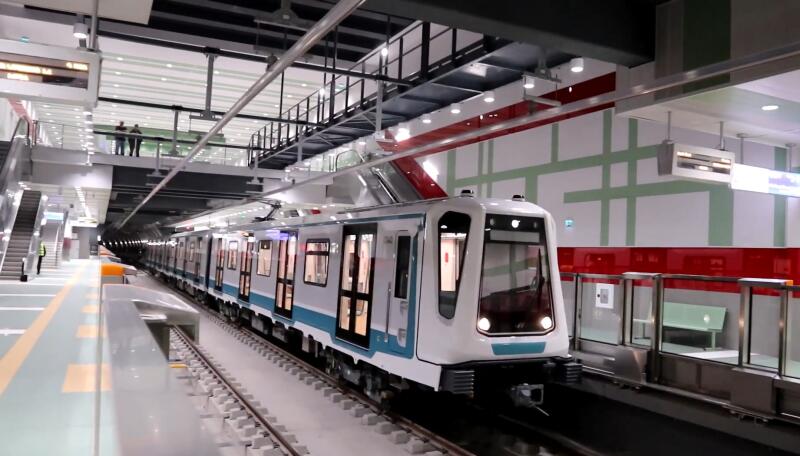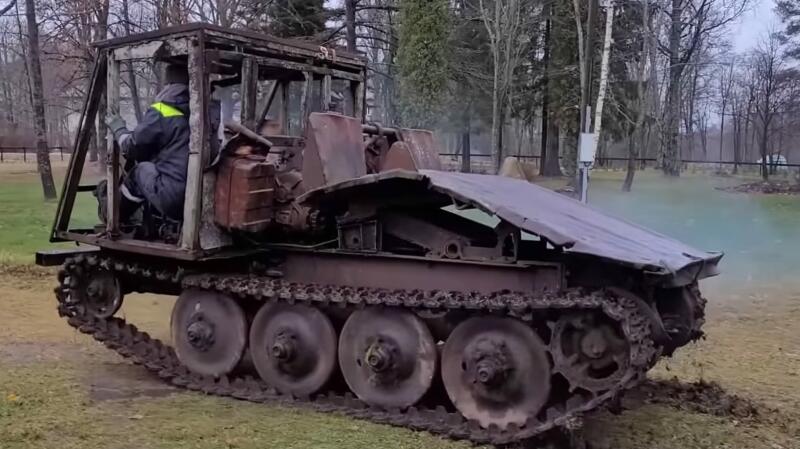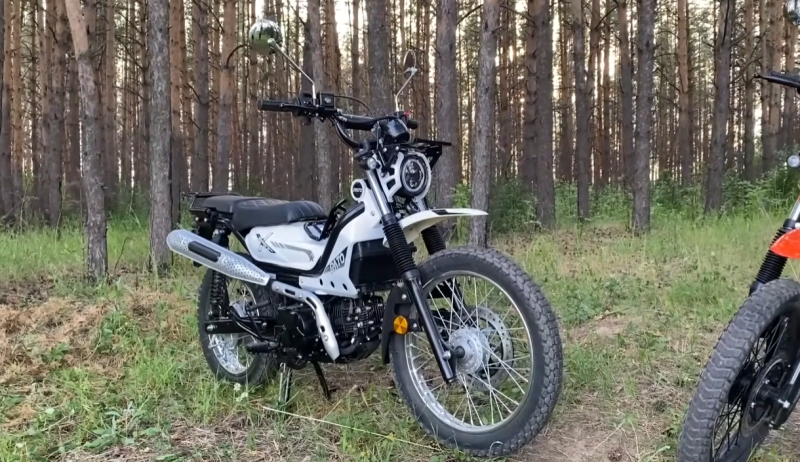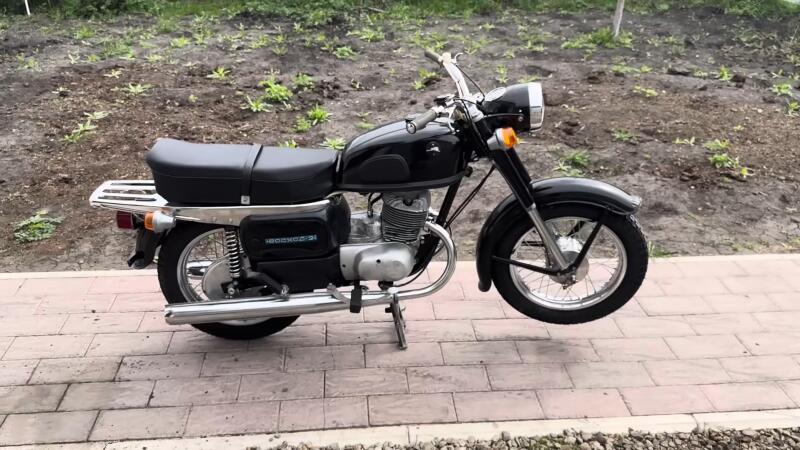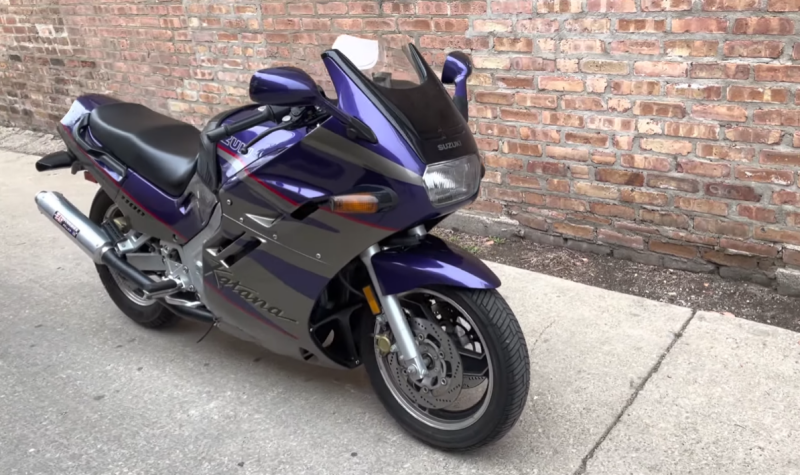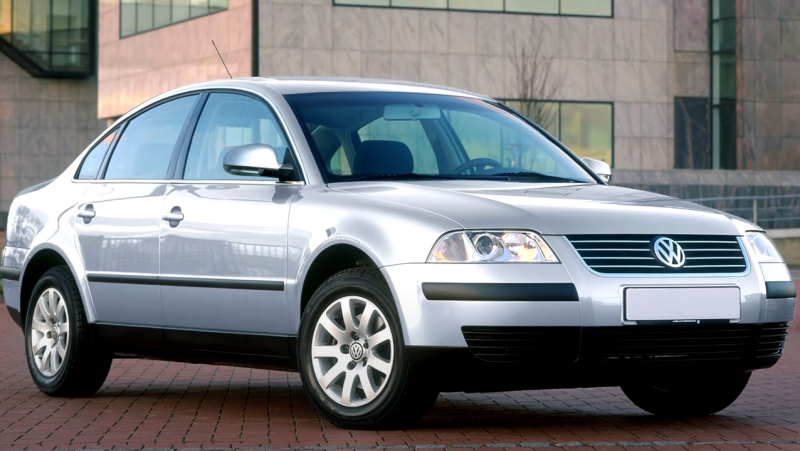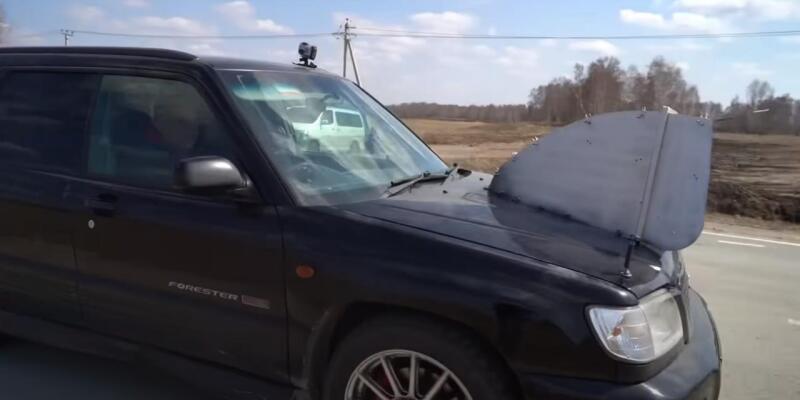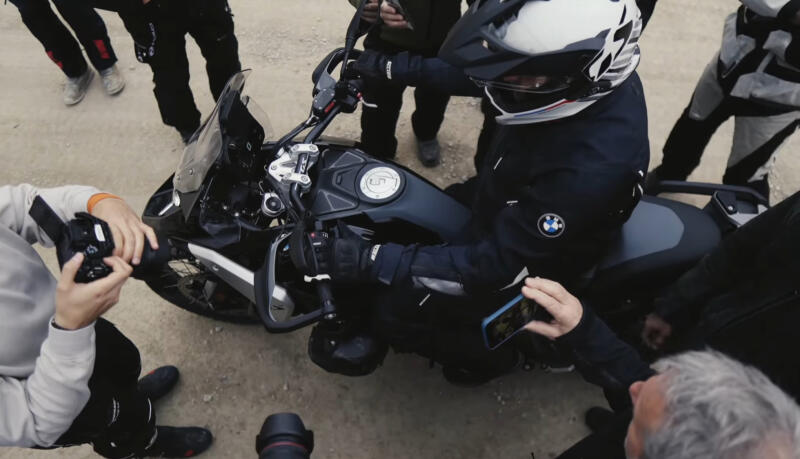Today, public transport providers in all metropolitan areas of the world are facing similar challenges. The number and needs of passengers are steadily growing, which means that the issue of providing high-quality and reliable rolling stock is always acute. Therefore, almost all major cities in central Europe use cars manufactured by Siemens AG in their subways. And this is a comfortable interior, and environmental safety throughout the entire period of operation.
 Siemens Inspiro are used both underground and on the surface. Photo: youtube.com
Siemens Inspiro are used both underground and on the surface. Photo: youtube.comA good effect is achieved through the use of aluminum alloy and reinforced fiberglass in the construction. Additional ergonomics interior gives a mixed installation of seats. In the center they are longitudinal, and at both ends of the car they are transverse. True, sometimes the same type of distribution system is used.
The subway trains of the German manufacturer have a classic configuration: motor cars with a cab are located along the edges, and ordinary cars with engines are located in the center. Between the motor ones are conventional trailers. The entire train consists of 6 wagons. At the same time, at the request of the client, their number can vary from three to eight.
Trains for the Warsaw metro
The first serious client in the acquisition of new cars was the Polish capital. Back in late 2010, the local company Metro Warszawskie opted for a German company. Initially, the delivery of 35 classic trains was intended. By the end of 2014, the order was completed in full: 210 wagons were sent to the Warsaw subway. Initially, they were delivered from Vienna, and then they set up assembly at local facilities, in Nowy Sanch.
The use of a semi-automatic coupler in the center of the train ensures the convenience of its maintenance and repair in a car depot. After all, the total length of the structure reaches 118 meters.
Successful first experience allowed to continue cooperation with Polish consumers. In subsequent years, repairs, maintenance and replacement of rolling stock were carried out. Polish underground trains were replenished with new cars, and their total number grew from year to year. By mid-summer 2022, the Polish capital's metro has expanded its network by two stations. There were fifteen of them on the M2 line, and its total length increased to 15,2 km. By the end of 2025, three more stations should be added in each of the directions, and the line will stretch for 23,1 km.
 Polish trains are collected in Nowy Sacz. Photo: youtube.com
Polish trains are collected in Nowy Sacz. Photo: youtube.comThe first train to pass through the new section was Siemens Inspiro ev. No. 63. This fact confirmed that long-term cooperation will continue in the future. And the well-proven products of the German manufacturer will continue to be a priority for the specialists of the Warsaw metro.
Winning the London tender
A tender for new rolling stock to serve the Piccadilly line, which is the third busiest route on the London Underground, was announced in 2016. It was held with the participation of manufacturers CAF, Alstom, Bombardier, Hitachi and Siemens. However, only the last four of them submitted proposals. The winner was the German company. So Foggy Albion will receive almost a hundred new units of underground equipment. The contract was concluded in the amount of 1,5 billion pounds.
Deliveries of the new kits will begin this year, with the new Siemens plant providing assembly. Its construction took place directly in the East Riding of Yorkshire (the city of Goole).
The new production will provide jobs for about 700 people. Subcontractors will also receive at least 1700 indirect new work units. Prospective blocks of subway cars will be equipped with air conditioners and will be fully walkable. They will be made according to the concept of the Inspiro family.
Surprisingly, this London Underground line, which has been operating since 1906, still runs almost half a century old trains. More than 80 trains from the park were made in the mid-70s of the last century. It's time to change them. This is exactly what Siemens Inspiro will do. And an increase in the number of hourly trains from 24 to 27 will also ensure a reduction in the peak interval by 2026.
 The interior of the car with longitudinal seats. Photo: youtube.com
The interior of the car with longitudinal seats. Photo: youtube.comThe success of the company in the British capital will not be limited to one line. In the future - replenishment of the rolling stock and other branches of the London Underground. After all, the 36% increase in throughput planned for them is impossible without a noticeable renewal of the fleet. We are talking not only about the Central line (approximately 10 sets), but also others. Waterloo and the City will receive the same amount of new rolling stock, while Bakerloo will receive four times as much.
Siemens Inspiro for the domestic market
In addition to the fact that Siemens wagons are very common in the capitals of the neighboring Czech Republic and Austria, the company also works on the domestic market. Its main consumers were the contractors of the Munich and Nuremberg metros.
The latter, at the end of 2015, wished to receive twenty-one 4-car structures for their use. After the conclusion of a number of contracts, the total number has grown to 34 trains. The first of them began to operate in mid-August 2020. The rest are delivered according to preliminary agreements. During the current year, they will be provided for the Nuremberg metro in full force.
The C-series subway cars represent the youngest generation of trains running on the Munich underground. Its creation dates back to the second half of the 1990s.
Earlier in Munich, they decided on the purchase of three-car trains (with the possibility of connecting with a two-car train) or full-size six-car through trains. The choice fell on the latest version, and the now defunct company won the tender. In turn, Siemens acted as the supplier of the electrical part.
 In Munich, the compositions of the C2 series are different from others. Photo: youtube.com
In Munich, the compositions of the C2 series are different from others. Photo: youtube.comAfter the termination of the planned deliveries in 2010, a new tender was held. It was won by a domestic company. Under the contract, Siemens will supply a total of 46 underground trains.
In May 2020, a project was implemented for the supply of another 22 cars, thus exhausting the entire original contract. Deliveries of an additional 22 sets began in 2022. Their operation is planned for the time being on the routes of lines U3 and U6. The production of units for Munich is mainly provided by factories in Austria - the chassis is made in Graz, the bodies are assembled in Vienna.
Promising Sofia project
The construction of the metro in Sofia began after a long preparation in 1978. However, due to the difficulties of the Bulgarian economy and the discovery of a number of archaeological sites during the excavation, the construction of the first metro line was significantly delayed. Today, there are 34 stations in the capital of Bulgaria, and the total length of the metro is 39 km. Since 2012, a second line has also been operating. The third branch began to be built in 2014 and will connect the southwest of the city with the northeast. The metro project was developed by the Czech company Metroprojekt Praha.
In January 2015, the city authorities announced a tender for the supply of new trains and security equipment for the third line of the local metro. 20 three-car trains were required, which should be designed as fully automatic (without a driver).
The winner was a consortium of Siemens and Newag. This is the same tandem that succeeded in the very first order for Inspiro cars for the Warsaw Metro. Chassis production will be provided by the Siemens plant in Graz, Austria. Final assembly takes place in Nowy Sącz, in southern Poland. The total value of the contract is 140 million euros, with 70% of the costs to be covered by the European Union.
 Inspiro for Moscow: the project remained unrealized. Photo: youtube.com
Inspiro for Moscow: the project remained unrealized. Photo: youtube.comTo date, Siemens Inspiro can be called the most popular underground train in the Central European region. Many wagons have also been delivered to countries on other continents. This makes the German company a successful and reliable partner, constantly expanding the scope of its activities. In 2013, at the EXPO 1520 exhibition, she also presented a project for the Moscow metro. But so far there is no talk of its implementation.
